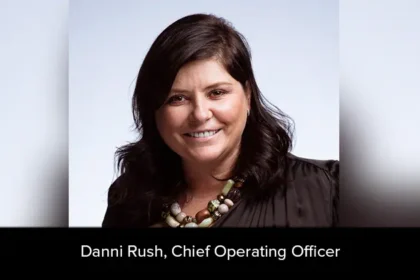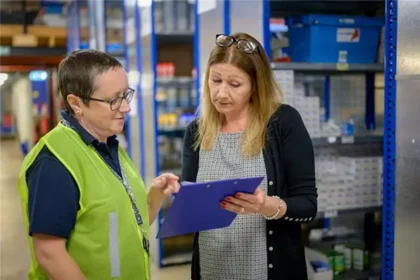The combined markets for IoT are poised to reach almost 520 billion dollars by 2021. The question of whether your firm will choose to adopt IoT or not, no longer exists. The question has become, when will you invest in these solutions and why has it taken so long?
For those of you who aren’t familiar with IoT or IIoT, they stand for Internet of Things and Industrial Internet of Things, respectively. While Internet of Things can be applied to anything, the Industrial Internet of Things specializes in, you guessed it, industrial applications. The application of IoT into the industrial sector has propelled maintenance teams to transition from reactive maintenance to proactive, preventive maintenance. With this, the maintenance team can fix something as simple as a loose bearing before it turns into replacing an entire piece of machinery. The difference could be tens of thousands of dollars to replace the machine, and that’s not even factoring in downtime.
Consider pumps for example. We can monitor efficiency and energy usage, constantly monitor conditions, visualize the manufacturing pump curve, and drive incredible insights when all factors are considered together. This can be done with any piece of industrial equipment, it is not restricted to pumping mechanisms.
By adding vibration and temperature sensors to the pump and motor, and now cavitation, bad bearings, bent drive rods and high friction can be identified. But all of this is not particularly useful unless data are being driven into a platform capable of digesting it. That’s where Flowrox Malibu comes in.
Malibu is a leading cloud-based platform that displays real-time data, digests and analyzes that data over time, and provides contextualized insights. From showing pump curve efficiencies to providing true predictive maintenance tools for wear parts, Malibu is the easiest on-ramp into IIoT for monitoring any kind of system that has multiple parts operating all at once.
Let’s take a more conceptual look at IoT and IIoT. The system will save you time and money, that much is clear, but what will IoT do for your peace of mind? Picture a plant manager’s Saturday morning. The manager notices there is an issue with one of the machines through an IoT alert on their smart phone. The alarm shows that a tube has ruptured and subsequently shut the pump off. Ok not great but, at least the problem is contained.
With this information you can, A: decide to call in a weekend crew to replace the tube and ensure that downtime does not last until the following Monday morning; or B: you can wait on replacing the tube until Monday. The important thing is that you know what the issue is in order to confidently make that decision. With access to the plant alerts on a smart phone, you can have the peace of mind that you know exactly what’s going on without having to physically go to the plant and inspect the parts yourself.
Want to know which machines are working at the utmost capacity? Want to know how much product individual machines are making? Want to understand the affects your machines have on the plant as a whole? Take a look at the digital twin and custom made KPI’s (key performance indicators), just two great tools to be used in conjunction with IIoT’s real time data monitoring.
With Flowrox Malibu, we send all collected data to our cloud-based platform to show data in real-time and analyze it. From that data, we create reports, send contextualized alarms, and predict failures. The smart side of analytics comes more from what data are being collected, how it is being analyzed and how the findings are being implemented, as opposed to simply collecting any and all data possible. Better data, better understood, helps upper level management make better decisions.
IIoT has changed the way industrial plants operate, and predictive analytics have now been brought to the forefront of the decision-making process. As stated before, IIoT can change the reactive nature of plant operations and turn them into proactive bastions of accuracy and efficiency. Plant operators can now save on everything from maintenance costs and energy usage, to operational downtime.
Like many emerging technologies, people are hesitant to adopt the new solutions, favoring waiting the fad out to understand if it really is worth investing in. The downside to this is if you wait until something is fully established to invest in, then you will most likely be in the group of laggards. Laggards are the last group in the Innovation Adoption Lifecycle and the least likely to profit off the adoption; having waited so long to make the jump. In the case of IoT and IIoT, the future is now. If you do not accept this, then you will fall behind, leaving you and your company technologically malnourished.










